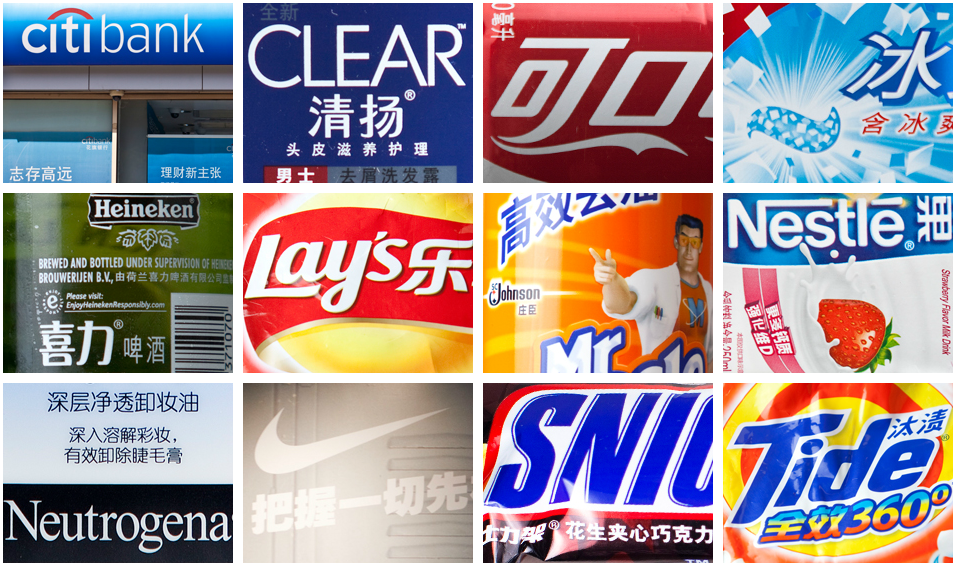From Tesco, to the French cosmetic brand Garnier or the British apparel provider Asos, there are numerous examples of Western brands that have had to withdraw from the Chinese market. One of the main reasons for their failure is often a mishandling of their brand image in China. Chinese consumers pay particular attention to the brands they buy, and it is becoming increasingly more difficult for a Western brand to seduce them if it does not fulfill their expectations. The only companies that win their confidence are those who can establish a robust and attractive brand image regarding Chinese standards. One of the best ways to do so nowadays is to use social networks.
Know your audience and spread your brand across all forms of social media
Among the average 25 hours spent per week on the Internet, a Chinese web user dedicates around 40% of his time to social networks, the China Post reports. Following a brand on a social network – and especially its official account on WeChat – is a very strong sign of commitment for Chinese web users. In general, they only follow a handful of brands that are the most important to them.
In this context, strengthening one’s brand image requires acutely targeted communication campaigns and a powerful community management system on WeChat, as well as on other social networks such as the microblogging platform Weibo and the viewing and sharing video website Youku.
Use sharp targeting to better understand consumers’ expectations
Targeting too broad a population is one of the most recurring mistakes made by Western brands on Chinese social networks. With content that is too general, companies are not able to engage with web users and therefore, will not be identified in the information flow. On the contrary, a company should not hesitate to reduce its spectrum of potential customers by determining the core target of its brand to better retain and communicate with users.
This was the strategy implemented by the jeweler Tiffany & Co, which chose to focus on young people through a very successful campaign launched on WeChat in July 2015, inspired by New York’s urban energy. Promoting the jewelry collection Tiffany T, the campaign represented a young and confident woman striding through major city streets like New York’s and asking “Her, is that you?”, thus encouraging users to interact. The post on WeChat, which also included animated GIFS, was seen more than 25,294 times and received more than 138 likes.
Improve brand image in China with content tailored for social networks
The population targeted by a brand’s communication on social networks determines the content to publish. This content can be very broad, ranging from publishing instructions for the use of new products to story-telling the values of the brand. In most cases, international brands’ publications must be adapted to Chinese cultural specificities, even if it is on the verge like Starbucks and Nike did. According to Forbes, 63% of non-Chinese marketers think that they must adapt the characteristics of their brand to Chinese consumers’ tastes.
The communication support must also take users’ preferences into account. In China, interactive content and videos are particularly appreciated. For instance, Burberry’s campaign for Chinese New Year 2016 proposed to virtually unpack a gift to enable users to send personalized greetings cards. Chinese web users are very keen towards this kind of animation with incentives created for special occasions like the New Year, especially when it is possible to share them. Video content is also very popular and allows companies the possibility to showcase their brands. This is what Clinique did with a 40 chapter long video series that was watched around 21 million times.
Keep an eye on long-term brand image in China while focusing on new trends emerging on social networks
Because of the unique and fragmented character of the Chinese web, trends evolve at far higher speeds than anywhere else in the world. In this quickly expanding context where information soon becomes outdated, brands must not hesitate to build their image for the long term. Indeed, it takes time before a consumer gets attached to a brand. It is not a matter of months, but of years, and the company must take this temporality into account in order to establish a strong brand image.
However, it is also necessary to watch innovation and new trends that, in China, are often generated from social networks. For instance, in 2015, WeChat enabled companies to publish their ads on its network. Starbucks noticed this and used it to strengthen its presence – already significant – on WeChat, as well as to sharpen its brand image as an ambassador of the Western lifestyle.
Stay Up To Date! Sign up for our Newsletter to Receive the Last Updates.





